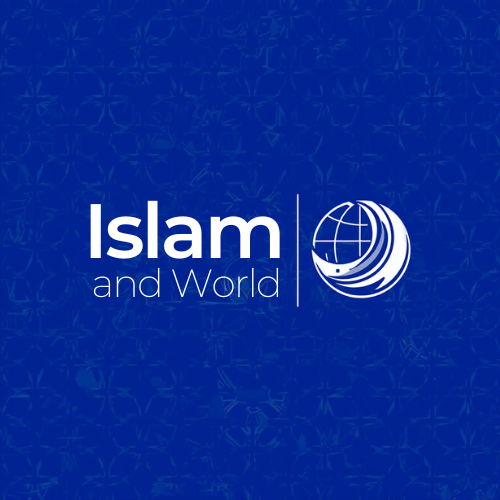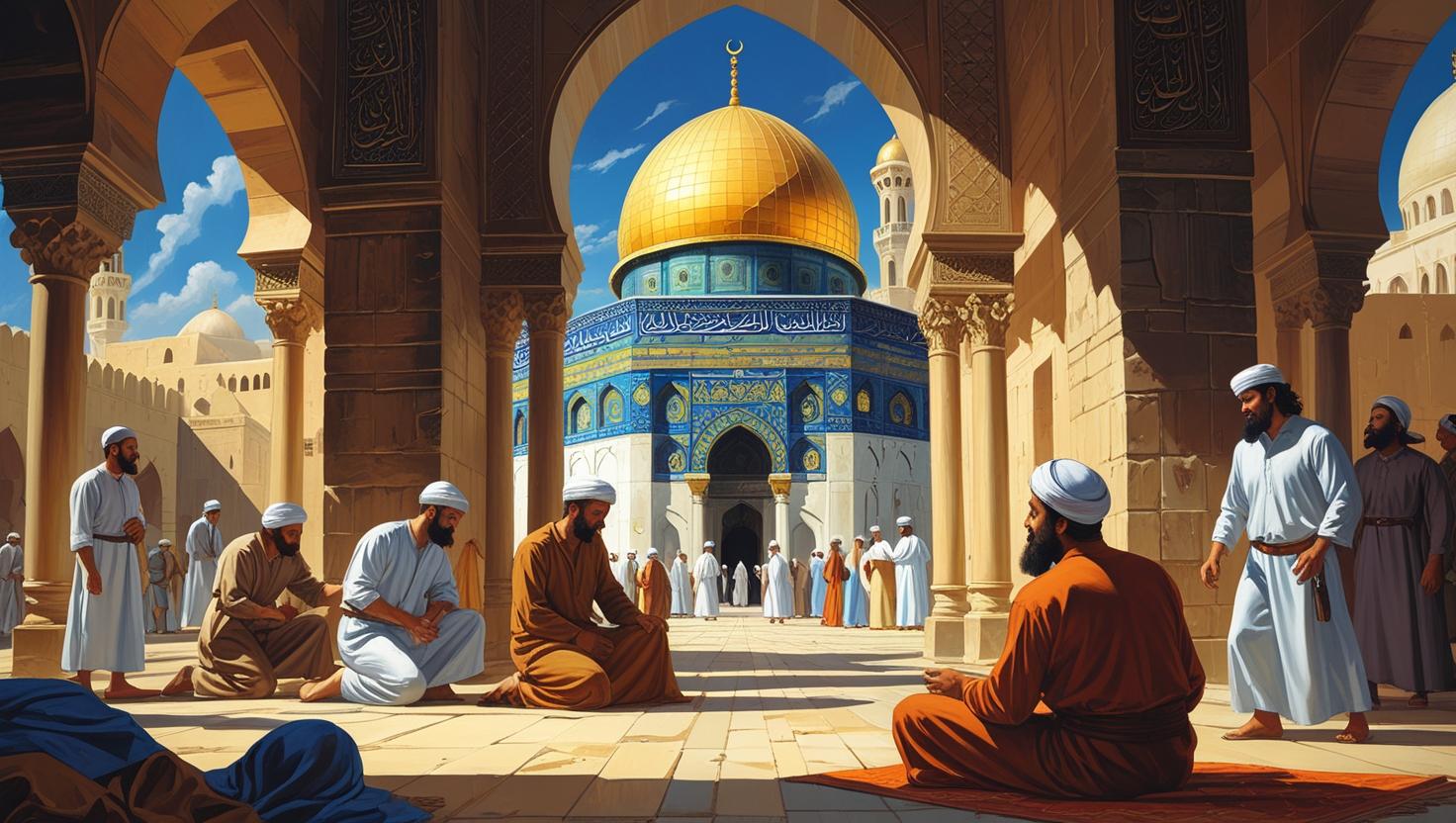After the passing of Prophet Muhammad, Islam continued its remarkable spread, not just through conquest, but also through trade, diplomacy, and the appealing message it offered. This expansion was a complex process driven by various factors.
Initially, after the Prophet’s death in 632 CE, the Muslim community was unified under the leadership of the Caliphs, who were successors to the Prophet. The early Islamic armies were highly motivated and well-organized, quickly expanding their reach beyond the Arabian Peninsula. They conquered vast territories from the Byzantine and Sasanian Empires, two of the most powerful empires of the time, which were already weakened by years of conflict with each other. This rapid military expansion brought new lands, like Syria, Egypt, Persia, and North Africa, under Muslim rule.
However, it wasn’t just about military might. The Muslim rulers often offered religious tolerance to the “People of the Book” (Christians and Jews), allowing them to practice their faiths in exchange for a special tax. This approach often made the transition to Muslim rule more palatable for the local populations. Furthermore, the Islamic world quickly became a hub of learning and trade. Major cities like Baghdad, Damascus, and Cairo flourished as centers of scholarship, commerce, and innovation. Merchants traveling along established trade routes, like the Silk Road and maritime routes across the Indian Ocean, carried not just goods but also the message of Islam to new regions.
Over time, the peaceful spread of Islam became increasingly significant. Sufi mystics, with their emphasis on personal spiritual experience and devotion, played a crucial role in converting people in various regions, particularly in India and Southeast Asia. Their inclusive and adaptable approach resonated with local cultures. Moreover, the economic advantages of being part of the thriving Islamic trade networks encouraged many to embrace the faith. As more people converted, communities grew, and mosques and Islamic schools were established, further cementing Islam’s presence in new lands. This multi-faceted approach, combining military strength, religious tolerance, economic prosperity, and spiritual appeal, ensured that Islam continued to spread far and wide for centuries after the Prophet Muhammad’s passing.

